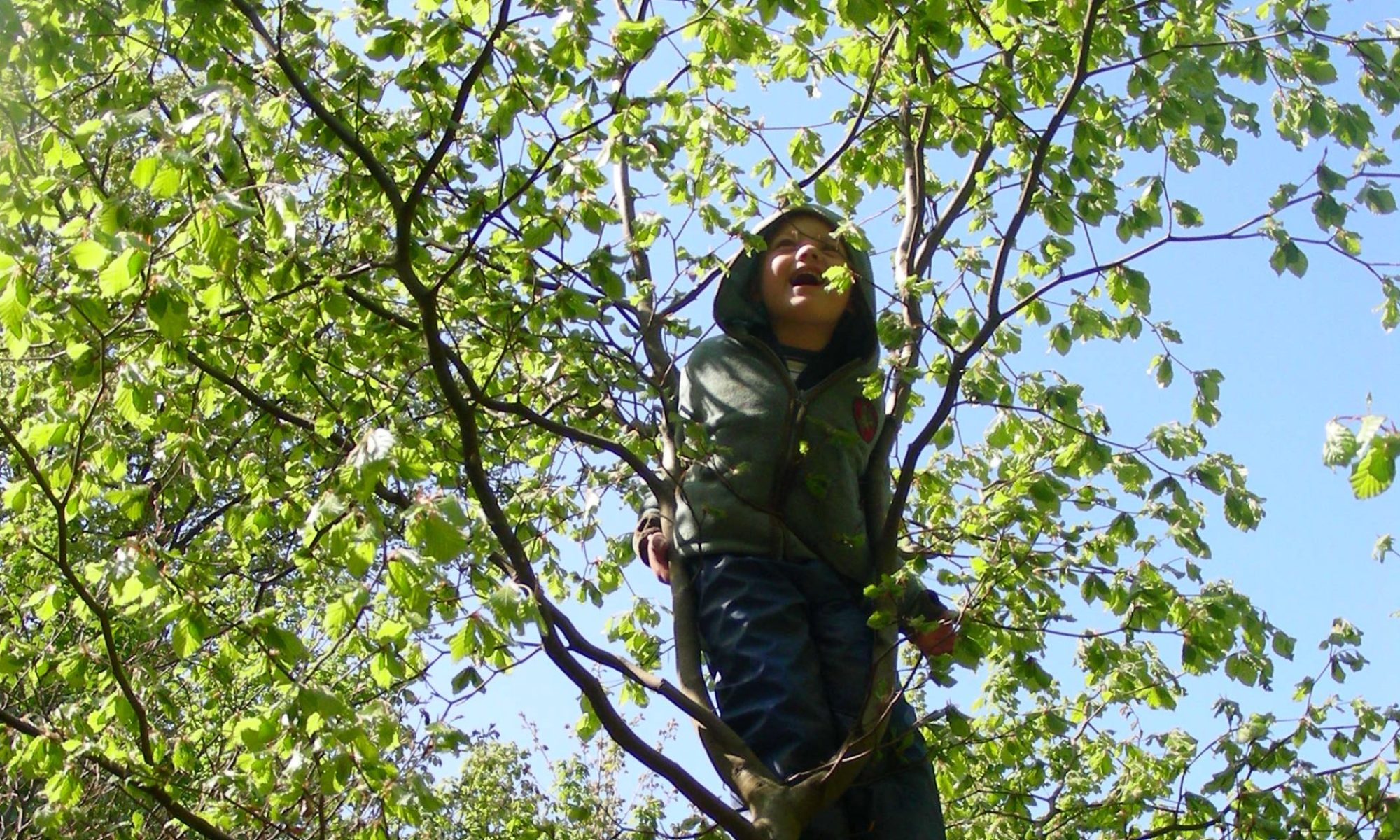Strive for settings with meaningful action possibilities – continually and for everybody
Ambiguities /Conflicting Interests
Superior Goals
Most parents and educators will agree that the role of quality settings for preschoolers is to inspire and make possible
– physical, mental and social development
– varied activities and rest
– to act alone and or in groups
– to play freely and guided
Design Goals
The overarching educational goals lead to the following characteristics of quality outdoor setting for preschoolers
• Enough space
• Places to explore, perform, create, and rest
• Places for single and group activities
• Places for observing – and hiding
Design of outdoor settings
Consider the following points in design of quality outdoor settings for preschoolers
• Make attractive settings (remember your own childhood)
• Use elements suitable for key activities from all 10 classes of affording features
• Go for variation, gradation, abundance and change
• Reckon children’s different ages, sizes, abilities, experiences and spirits
• Balance the need of different user groups
• Attract adults / parents / staff
• Supply according to place-specific needs
• Think ‘now’ and ‘tomorrow’, but also ‘later’
‘Site specific needs’ of Urban children
• Space – and inspiring places with few rules
• Open ground without traffic
• Shielded, quiet places
• Physical challenges
• Objects and materials to move and modify
• Animals and plants, water and fire
Design for Preschool Staff
the following points are worth considering when designing with preschool staff in mind
• Safety – fencing/ distance to dangerous places
• High places for dangerous tools
• Overview – think eye level
• Strategic places for observation and rest
• Places to gather bigger and smaller groups
• Few items to tidy up
• Practical storage places
• Meaningful action possibilities for staff (affordances)
Tips for Site Renovation of Playgrounds / Green Settings
1. Observe setting in use and notice the following
• Where are the children, what do they do, what do they use?
• Places with wear and tear – and unused places
• Are all 10 classes of affording features present?
• Are they suited for the key activities – for all?
• Are features varied, gradated, abundant and changing?
• Is the site good for staff, too?
2. Ask staff: use of sites, wishes, fears, and about creatures year round
3. Make plan in steps, adjust with stakeholders
Green Site Designers’ Challenges
• To make affording places
• To balance needs of different user groups
• To consider multifunctional vs mosaic areas
• To attract fellows and caretakers
• To make up for site-specific terms (urban deficits)
Urban Planners’ Challenges
• To know the needs of user groups
• To allocate ‘enough’ space
• To consider distance
• To make reasonable and safe access routes
Ambiguities / Conflicting Interests
- Exiting elements / safety
Claim (based on observations):
Dealing with unstable structures => physical and mental preparedness for surprising events.
- Children’s shielded places / adult overview
Think eye levels – shielded places for children may still allow overview
- Chaos / order
Forest elements do not seem as messy as plastic toys
- Design for who?
Old / young children, taller / smaller children, cautious / outgoing children may have different needs
Vary elements, graduate sizes, make places for observation and hiding, offer loose parts, materials and tools for everybody
- Good staffing / cheap daycare
Creation of varied and inspiring settings or going to such places may require better staffing. Rich early experiences are valuable. How do we increase the political pressure to make possible quality daycare with means to stay in quality settings?
- Children’s / society’s need for space
Make smaller areas seem bigger by ‘folding the landscape’: work with the topography, make platforms, use the walls, make winding paths to explore and count on the different eye levels.
The competition /price of land is high, especially in urban areas. The number of square meters, indoors and outdoors allocated to children demonstrate the society’s priority of children. In Denmark the indoor open space norm pr child (3-5 years) is 2 m2, the outdoor norm is non-existent.
2 m2!!!
